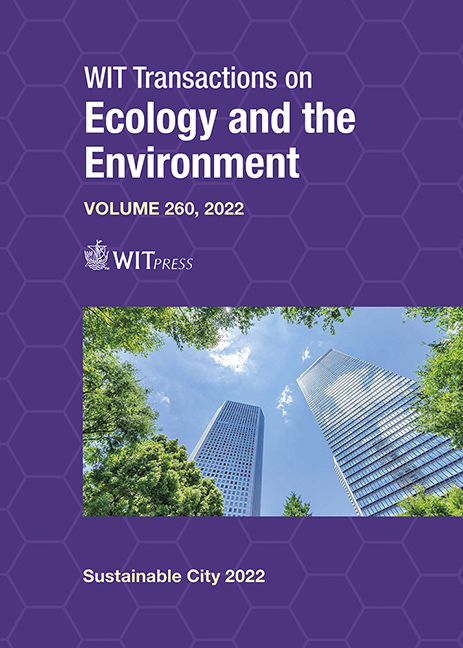URBAN MORPHOLOGY AND INDUSTRIAL HERITAGE PERSISTENCE
Price
Free (open access)
Transaction
Volume
260
Pages
10
Page Range
427 - 436
Published
2022
Paper DOI
10.2495/SC220351
Copyright
Author(s)
ALEJANDRO ACOSTA COLLAZO
Abstract
An important part of the historical Hacienda Nueva changed its land use into a factory and became the first company town in the city of Aguascalientes, Mexico in the year of 1861: San Ignacio. Infrastructures were made to connect the factory to the city, including a stone bridge and roads. Even though the factory is almost lost nowadays, historical facts, foundation walls and infrastructure persist. A parallel situation occurred with the main railway installations in town. During the last two decades, governments have financed restoration works in that place. Most of the manufacturing facilities were recovered by public works. Even though the original buildings changed the use of their architectural space, structures still maintain their industrial designs made in the 19th and 20th centuries. A main goal of this paper is to recognize industrial heritage persistence in the city of Aguascalientes. Changes in the city, besides its increasing urban growth, include several architectural époques; indeed, construction materials. Changes also have occurred in the shape of buildings, windows and entrances. In order to compare historical typologies versus industrial typologies an analysis was done. The biggest three companies in town towards the end of the 19th century used to have leisure activities for workers and owners. But what happened with such architectural unique designs? Can society and governments preserve them? Sustainability politics are necessary to support such places. Government efforts are not enough to preserve industrial heritage, but society can do a lot about it. A survey was made to observe how people perceived urban morphology, heritage persistence and sustainability. Likewise, a qualitative statistical method was applied. Actually, a multifactorial evaluation was done. Furthermore, it is convenient to set new rules to promote a circular economy in order to preserve industrial heritage and make the city a sustainable place to live.
Keywords
urban morphology, industrial heritage persistence, circular economy, sustainability





